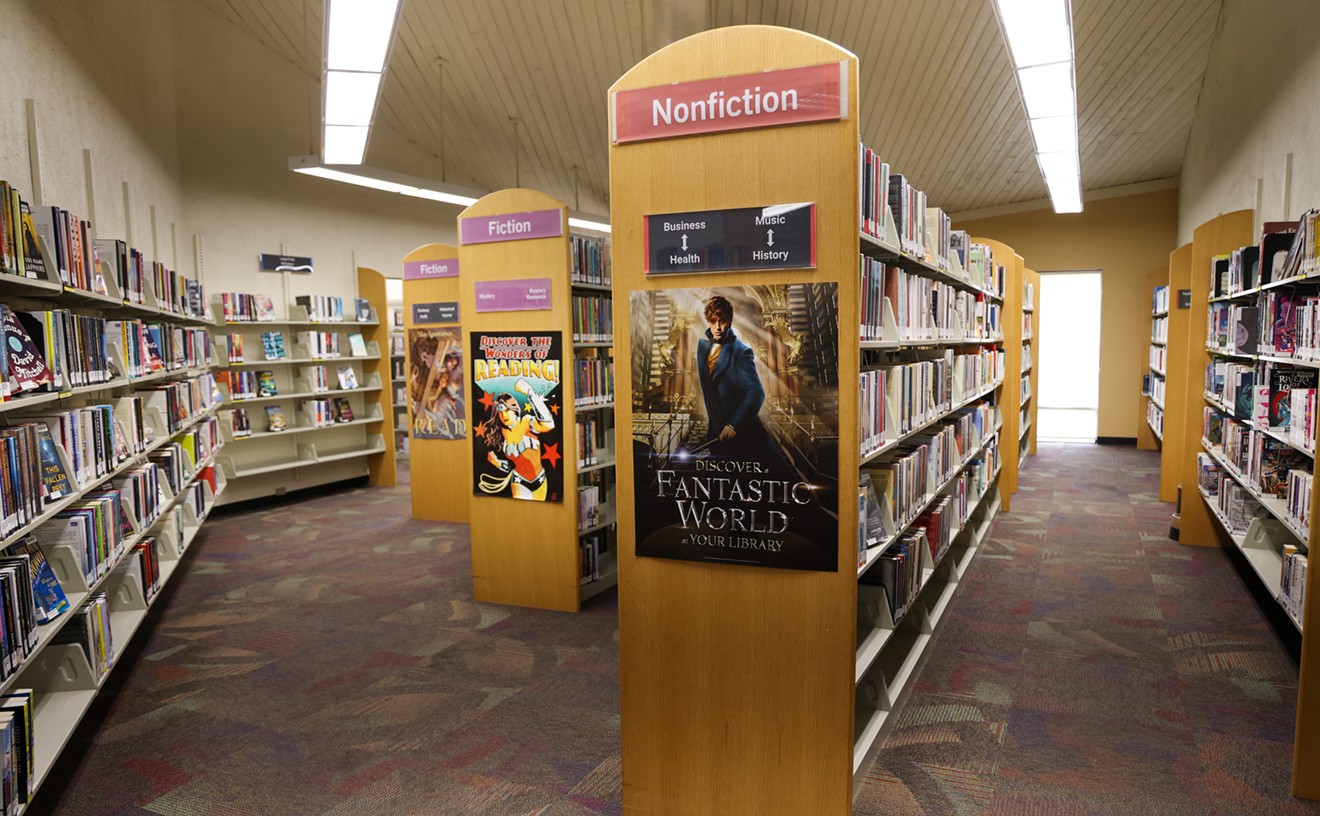Let’s be honest: A reality show on TLC can be hard to take seriously. The network has in many ways made a habit of creating shows that feel dangerously close to exploitation, if they haven’t already crossed that line. In addition to being the progenitors of Here Comes Honey Boo Boo, its current roster includes a number of shows that exoticize those who don’t conform to the mainstream in some way. (See Breaking Amish, My Big Fat American Gypsy Wedding, Sister Wives, etc.)
It’s tempting to put 90 Day Fiancé in that category, but much like the relationships that play out in the show … it’s complicated. The general premise is that five Americans from all over the country meet five foreigners from all over the world, and decided to get married. The show’s name comes from the fact that once they arrive in the U.S. they have 90 days to marry in order to stay in the country legally.
On the surface, it sounds fairly simple. It’s the sort of thing happens all the time.
But within the first two minutes of the voyeuristic season four premiere, we’re introduced to the host of emotional, intriguing, and extraordinarily messy (though sometimes predictable) issues that dominate the show.
All the couples explore issues surrounding the difficulty in navigating a bicultural and sometimes biracial and/or interfaith relationship, the overwhelming distrust many families have for their loved one’s new loved one, and the commonplace suspicion that the foreigner is just there for a green card — or their partner’s money. We even see parents question why a hot, buff guy from Morocco would be interested in their daughter, who they describe as, “a beautiful girl … but she’s not the most beautiful girl out there.”
This season, couples include: a young single mom from Florida marrying a Moroccan man she describes as “tall, dark, and handsome;” a man from California who owns his own hydroponics/marijuana business (or as we like to call it, a potrepreneur) who claims to have spent $70,000 over the course of his relationship with the woman he's marrying, who's from Russia; and the owner of a used car dealership from small-town Kentucky marrying a Ukrainian with a 7-year-old son.
The longer you watch, the more there is to unpack. The first thing to notice is that there is little to no discussion about the possibility of the couple living in the foreign country. Presumably these conversations were had and decisions were made long before a camera crew started filming the couples, but the fact that we’re not privy to any of this reinforces the assumption that of course everyone would want to live in America. This idea goes hand-in-hand with a near-constant air of concern that the foreigner is scamming the American, usually for money or a green card.
But what makes the show truly interesting is the way in which it explores cross-cultural dynamics. For example, whenever the American woman is middle-aged, or fat (things that are determined to be undesirable qualities in mainstream American society), people often point to a disparate level of attractiveness or age gap as a red flag that the foreigner’s intentions are not good. While this may be plausible, attractiveness is seen through a cultural filter, which means the things we’re taught to think of as hot are not necessarily the same things that people in other countries are taught to think are hot.
The ways in which we understand another’s love for us is also culturally filtered. In the “coming up this season” teaser at the end of the première, we see that the American woman looks for her Moroccan fiancé to engage in public displays of affection as validation that his feelings are genuine, while he tries to explain that this is not how it’s done in his culture.
Another theme that is echoed by some (though not all) of the Americans featured on the show is that there is something about American culture that is not conducive to finding a partner within the country. One man this season says, “My past relationships were terrible. A lot of the American women are feminist. And from the way I was brought up, a woman should depend on a man, but not try to compete with him.”
Others on the show indicated that they felt they had too much baggage in their life for an American partner, but someone in another country with a different (or stronger set of values) would be a better match. This means that as much as we try to remind ourselves not to see other cultures as monolithic groups with one unified set of values, we may still have trouble reminding ourselves not to do the same thing within our own culture.
Watching these experiences play out is both a fascinating look at the isolated dynamics of bicultural couples, as well as some form of a Millenial-era ethnography examining the big cultural questions we’re still teasing out as a society. This makes the show both deeply personal and sweepingly broad, in a way few shows can.
The new season of 90 Day Fiancé and the first season of its follow-up show Happily Ever After? (which follows couples who were on the show in previous seasons) premieres Sunday, September 11, on TLC.
[
{
"name": "Air - MediumRectangle - Inline Content - Mobile Display Size",
"component": "18478561",
"insertPoint": "2",
"requiredCountToDisplay": "2"
},{
"name": "Editor Picks",
"component": "16759093",
"insertPoint": "4",
"requiredCountToDisplay": "1"
},{
"name": "Inline Links",
"component": "17980324",
"insertPoint": "8th",
"startingPoint": 8,
"requiredCountToDisplay": "7",
"maxInsertions": 25
},{
"name": "Air - MediumRectangle - Combo - Inline Content",
"component": "16759092",
"insertPoint": "8th",
"startingPoint": 8,
"requiredCountToDisplay": "7",
"maxInsertions": 25
},{
"name": "Inline Links",
"component": "17980324",
"insertPoint": "8th",
"startingPoint": 12,
"requiredCountToDisplay": "11",
"maxInsertions": 24
},{
"name": "Air - Leaderboard Tower - Combo - Inline Content",
"component": "16759094",
"insertPoint": "8th",
"startingPoint": 12,
"requiredCountToDisplay": "11",
"maxInsertions": 24
}
]










